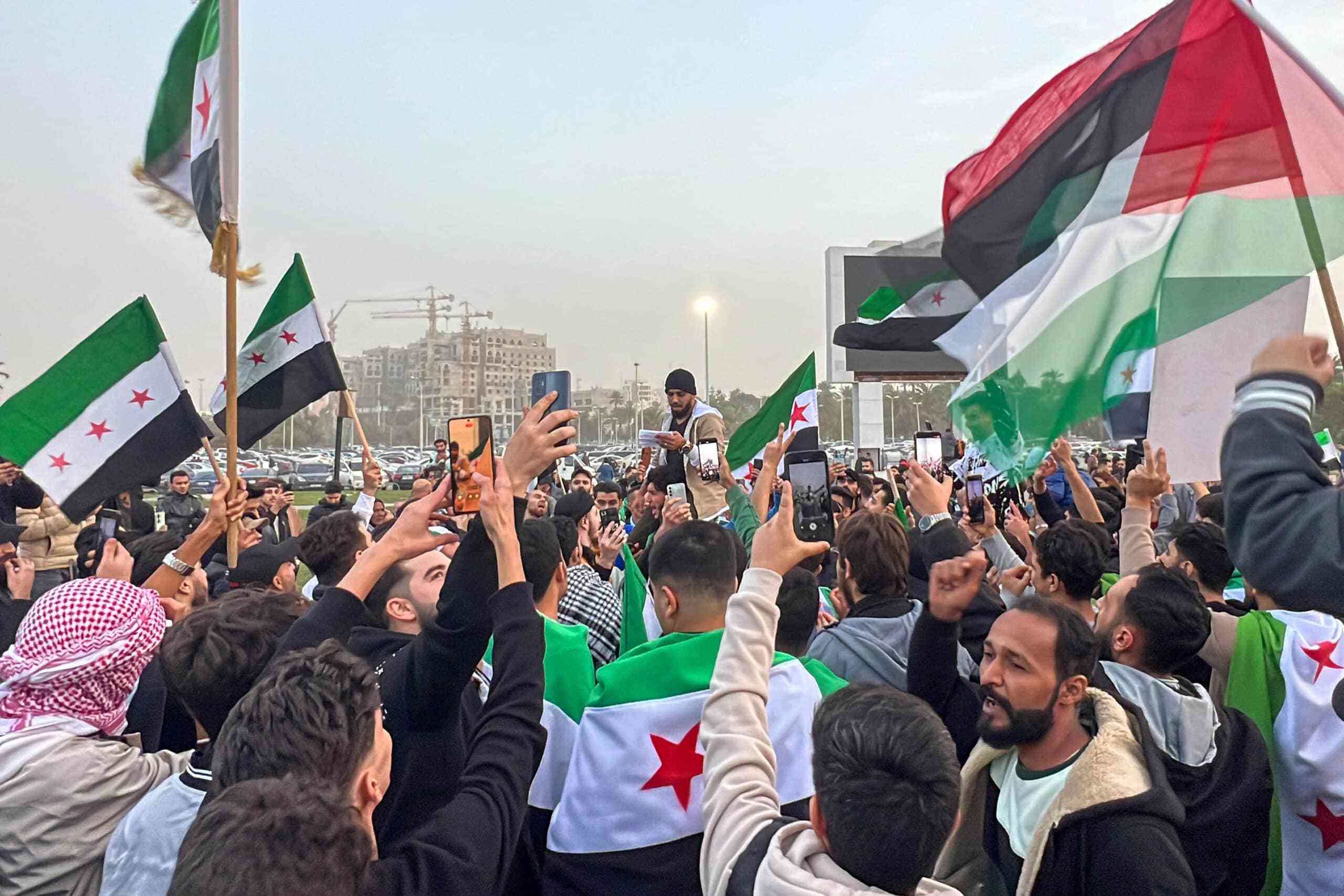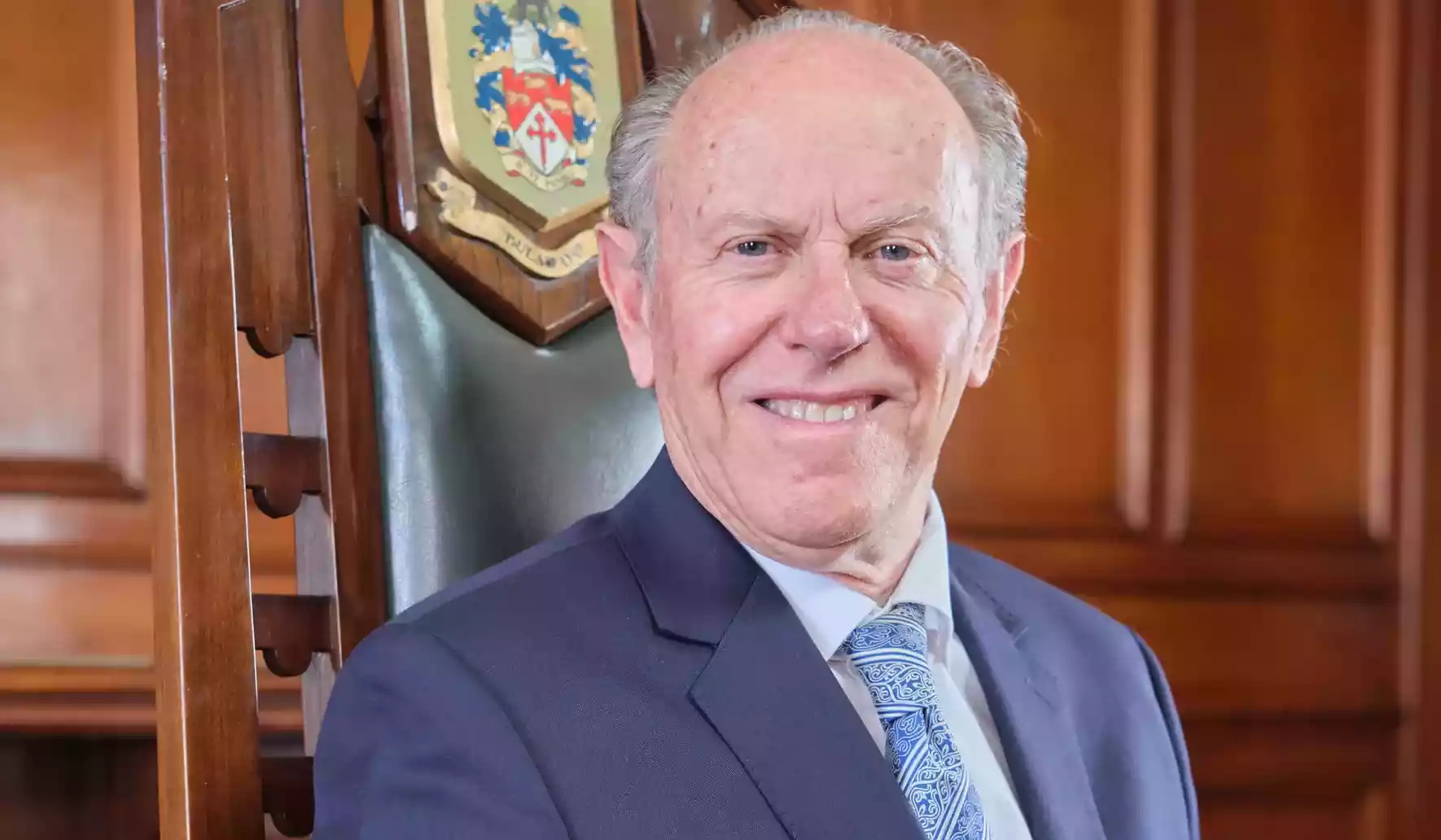
TAKE a moment, first, to celebrate the fall of a regime of surpassing evil even by the demanding standards of the Middle East.
Father and son, the Assad regime oppressed and abused the Syrian people for 53 years, and now it is gone in a week. Even the American-backed puppet regime in Afghanistan did not fall that fast.
The Russians, the Iranians and Hezbollah in Lebanon supported Bashar al-Assad through the last 13 years of hot and cold civil war in Syria, but in the end they let him go.
Hezbollah has been gutted by the Israelis, Moscow is too distracted by its war in Ukraine, and Iran is frightened of a joint attack by Israel and a Trump-led United States.
The big winners at this point, therefore, seem to be Israel’s Prime Minister Benjamin Netanyahu on the one hand, and the rebranded jihadis, who have now taken control of Damascus and most of Syria’s other big cities on the other. But it was Netanyahu’s triumph over Hezbollah that indirectly helped the jihadis into power in Syria, and he may regret it.
The current name for the Islamist group that has just gained control of most of Syria’s population is Hayat Tahrir-al Sham (HTS). That means “Organisation for the Liberation of the Levant”, a neutral name for what now claims to be a broad nationalist front – but HTS’s roots lie in al-Qaeda and the murderous head-choppers of Islamic State.
“Once a jihadi, always a jihadi”, some would say, and HTS remains classed as a terrorist organisation by the United Nations, the United States, Turkey and Russia. US officials have even called HTS “a vehicle to advance (al-Qaeda’s) position in the Syrian uprising”.
However, it is possible that the leopard really has changed its spots. So far, in its victory march across Syria, HTS has lived up to its promise not to impose shariah law on Syria’s many and diverse sects. Even the Christian, Druze and Alawite minorities are being treated with respect — although for the Alawites, at least, that may not be convincing enough.
- ‘US committed to working with Zim govt’
- 2 Zimbos jailed 50 years for robberies in SA
- HE Ambassador Uebert Angel pays tuition fees for more 620 tertiary students
- Business opinion: Branding in the age of entrepreneurship and industrialisation (Part 23)
Keep Reading
Alawites are no more than 10% of Syria’s population, and for most of the region’s history they were an obscure agrarian minority. But the French recruited their colonial army in Syria largely from the Alawite community precisely because it was a marginal and powerless group — and when the French left, the Alawite soldiers took over the country.
For more than half a century, the Alawites dominated Syria and benefitted greatly from the Assad clan’s monopoly of power. They now fear that they will be held collectively responsible for the regime’s crimes, and they will be strongly tempted to cut their own territory free from the ruins of the Syrian state.
They might actually achieve that if they move fast enough, particularly if they can get tacit Russian support for their separation from the rest. Their home territory includes almost all of Syria’s Mediterranean coast and is home to Russia’s air and naval bases in the region — and so far HTS’s march south has not impinged on the core Alawite territory.
Further fragmentation of Syria is possible if the Kurds in the east and the Druze in the south (near the Israeli border) try to go their own way, but the Turks, erstwhile sponsors of HTS, will strive to prevent that. Which way the United States will jump (under new management) remains to be seen.
And the biggest change, which Western observers seem constrained from mentioning by some misplaced cultural sensitivity, is the collapse of Shia power and influence in the region.
Iran is 95% Shia and Iraq at least 70% Shia, but Lebanon and Syria had also become part of a larger Shia bloc although neither has a Shia majority. That is now at an end.
As for the question of the leopard’s spots, it really is too soon to tell. Even if Abu Muhammad al-Jolani, the leader of HTS, is secretly the extremist that his early associations suggest, it would make good tactical sense for him to pretend to moderation until his relatively small group has established a secure position at the heart of Syrian politics.
That moment may never even come.
The Syrian political stage is suddenly crowded with many other players with their own agendas, and the largely peaceful and non-violent nature of the Assad regime’s collapse has created no conquering hero whose charisma overshadows all potential rivals.
We could imagine a different future for Syria, in which the half of the population who have become internal or external refugees return safely to their homes, all but the worst of the criminals, who served the Assad regime are pardoned and rehabilitated, and the country begins to rebuild a future worth having.
That may be a fantasy, but do not write the country off before it has a chance.
Dyer is a London-based independent journalist. His new book is titled Intervention Earth: Life-Saving Ideas from the World’s Climate Engineers. Last year’s book, The Shortest History of War, is also still available.






